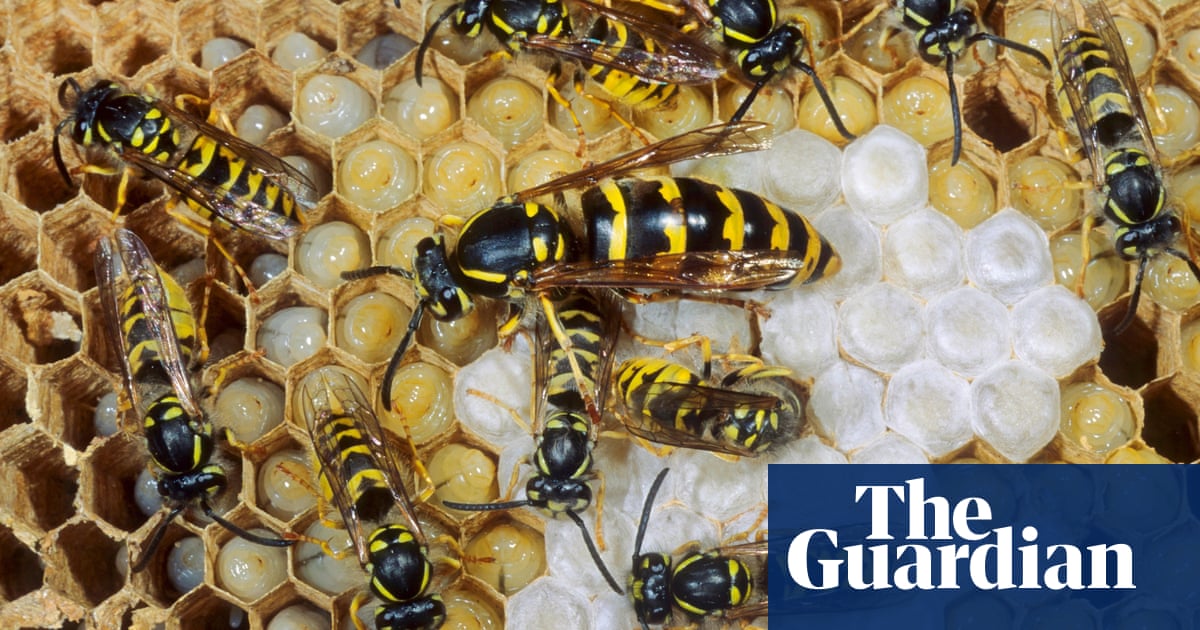Are you looking for ways to live a greener life but not sure where to start? Here are 10 simple ways to help you reduce your carbon footprint and make a positive impact on the environment.
1. Reduce, Reuse, Recycle: One of the easiest ways to live a greener life is to follow the 3 Rs. By reducing your consumption, reusing items whenever possible, and recycling materials, you can help reduce waste and conserve resources.
According to environmental activist Lauren Singer, “Living a sustainable lifestyle is all about making conscious choices that help protect the planet for future generations.” (source)
2. Conserve Energy: Another way to live a greener life is to conserve energy in your home. Turn off lights and appliances when not in use, use energy-efficient light bulbs, and consider investing in solar panels or other renewable energy sources.
As sustainability expert John Elkington says, “We all have a role to play in reducing our energy consumption and transitioning to a more sustainable future.” (source)
3. Use Eco-Friendly Products: Switching to eco-friendly products such as reusable bags, water bottles, and cleaning supplies can help reduce waste and minimize your impact on the environment.
According to environmental scientist Dr. Jane Goodall, “Every small change we make in our daily lives can add up to make a big difference for the planet.” (source)
4. Eat a Plant-Based Diet: Cutting back on meat and dairy products can significantly reduce your carbon footprint. Consider incorporating more plant-based meals into your diet to help combat climate change and promote sustainable living.
Sustainable living organization Planetary Citizens encourages individuals to “make conscious choices about the food you eat and its impact on the environment.” (source)
5. Support Local Farmers: Buying locally grown produce and supporting small-scale farmers can help reduce the carbon emissions associated with food transportation. Visit farmers markets or join a community-supported agriculture (CSA) program to support sustainable agriculture practices.
As organic farmer Joel Salatin says, “By supporting local farmers, you are investing in the health of the planet and your community.” (source)
6. Reduce Water Usage: Conserving water is essential for sustainable living. Fix leaky faucets, take shorter showers, and consider installing water-saving devices in your home to reduce water waste and protect this precious resource.
Environmental advocate Greta Thunberg emphasizes the importance of water conservation, stating, “Every drop counts when it comes to preserving our water sources for future generations.” (source)
7. Opt for Public Transportation: Choosing public transportation, biking, or carpooling instead of driving alone can help reduce greenhouse gas emissions and alleviate traffic congestion. Consider alternative modes of transportation to reduce your carbon footprint.
According to urban planner Janette Sadik-Khan, “Investing in public transportation and sustainable transportation options is vital for creating more livable, eco-friendly cities.” (source)
8. Plant a Garden: Growing your own fruits, vegetables, and herbs can help lower your carbon footprint and promote sustainable living. Start a garden in your backyard or join a community garden to connect with nature and reduce food miles.
Horticulturist Michael Pollan believes that “gardening is a powerful way to reconnect with the natural world and take control of your food choices.” (source)
9. Compost Organic Waste: Instead of sending food scraps and yard waste to the landfill, start a compost bin to create nutrient-rich soil for your garden. Composting is a simple yet effective way to reduce waste and support sustainable practices.
As environmentalist Bea Johnson says, “Composting is a natural process that helps close the loop on waste and nourish the earth.” (source)
10. Educate Yourself and Others: Stay informed about environmental issues and share your knowledge with friends, family, and community members. By raising awareness and advocating for sustainable living practices, you can inspire others to join the movement towards a greener future.
Sustainability expert Vandana Shiva believes that “education is the key to creating a more sustainable world and empowering individuals to make a positive impact on the environment.” (source)
By incorporating these 10 simple ways to live a greener life into your daily routine, you can make a meaningful contribution to the health of the planet and future generations. For more information on sustainable living and environmental stewardship, visit Planetary Citizens.
To learn more about sustainable living, visit Planetary Citizens.


